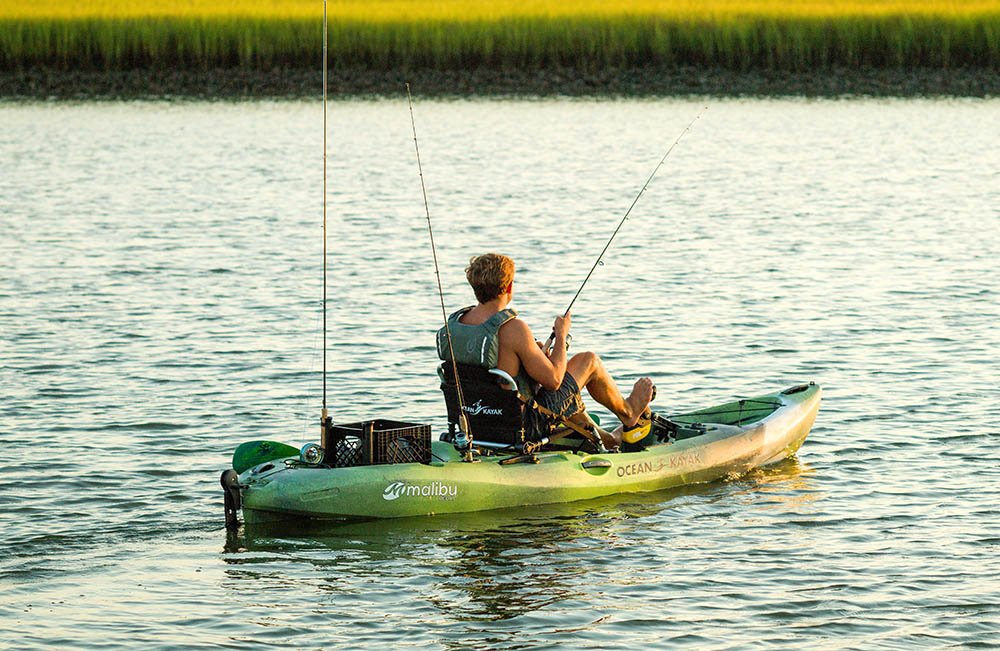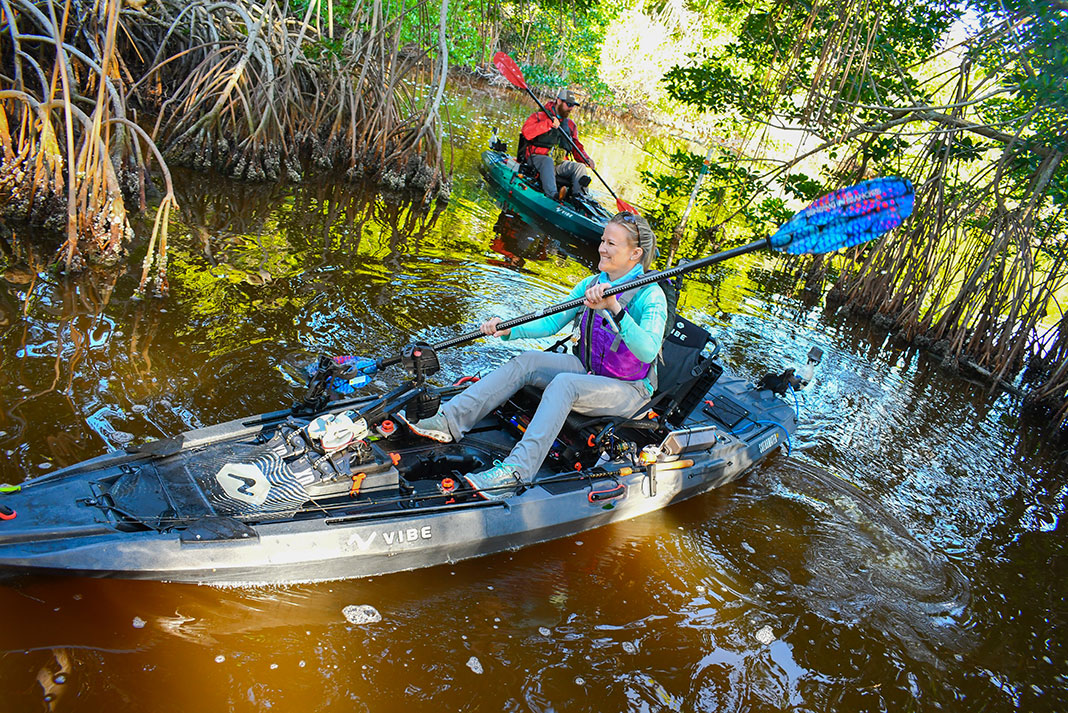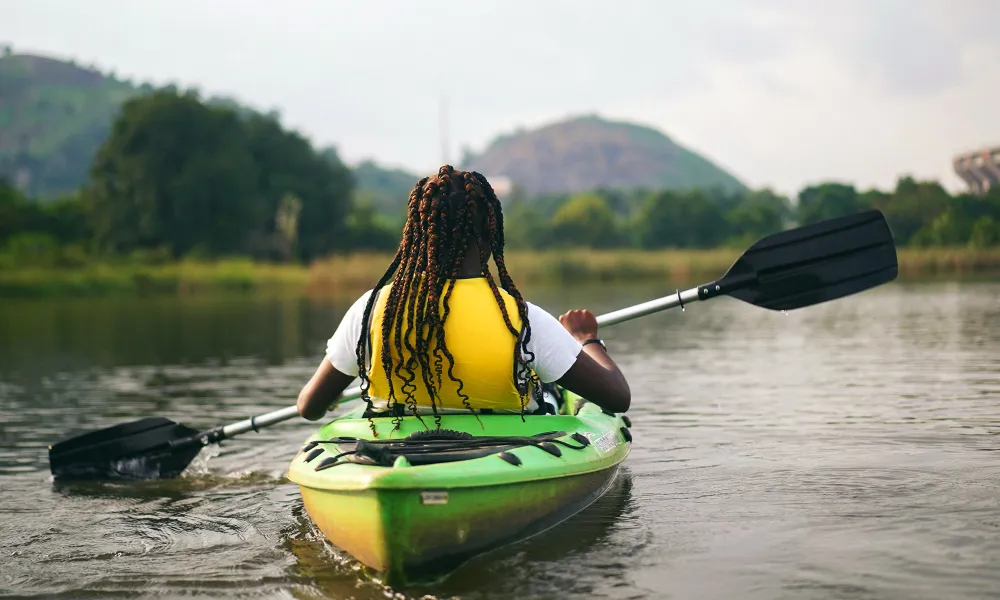Blog
“How to Choose the Right Paddle for Your Kayaking Adventures”
Selecting the right paddle is as important as choosing the right kayak. The right paddle can enhance your efficiency, comfort, and control on the water. Whether you’re a beginner or an experienced kayaker, understanding the key elements of paddle selection can help you make the most out of your kayaking experience. Here’s a guide to help you choose the perfect paddle for your needs. Choosing the right paddle for your kayaking adventures can significantly impact your comfort, efficiency, and overall enjoyment. Whether you’re a beginner or an experienced kayaker, take the time to consider blade shape, material, shaft flexibility, and length to find a paddle that meets your needs. With the right paddle, you’ll be better equipped to navigate the water and make the most of your kayaking experience.
1. Understanding Paddle Anatomy
Before you dive into the different types of paddles, it’s essential to understand the basic anatomy of a kayak paddle:
- Blades: The part of the paddle that propels the kayak forward. Blade shape, size, and material can greatly affect your paddling experience.
- Shaft: The long part that connects the two blades. It should be lightweight and durable, with options available in different materials and flexibility.
- Handle: The end of the shaft that you grip. Some paddles come with adjustable handles for better ergonomics.
2. Blade Shape and Design
The shape of the blade plays a significant role in how the paddle performs. Here are the main types:

- Symmetrical Blades: These blades are evenly shaped on both sides and are great for general-purpose kayaking. They offer balanced power and versatility and are ideal for beginners and intermediate paddlers.
- Asymmetrical Blades: These blades have a shape that varies between the top and bottom, offering more efficiency by reducing water resistance. They are often favored by more experienced paddlers looking for improved performance and less fatigue during long trips.
- Wide vs. Narrow Blades: Wider blades provide more power with each stroke but require more effort to paddle, making them suitable for powerful and aggressive paddling. Narrow blades, on the other hand, are easier to use for long periods and are ideal for touring and sea kayaking.
3. Blade Material
The material of the blade affects the paddle’s weight, strength, and cost:
- Plastic: Affordable and durable, plastic blades are a good choice for beginners or casual kayakers. They can handle rough conditions without damage but may be heavier.
- Fiberglass: Lighter and more efficient than plastic, fiberglass blades offer a good balance between cost and performance. They are great for recreational and touring kayaks.
- Carbon Fiber: The lightest and most durable option, carbon fiber blades provide excellent performance and reduced fatigue. However, they come at a higher price point and are better suited for experienced kayakers looking for the best in performance.
4. Shaft Material and Flexibility
The shaft is a key part of the paddle, and its material and flexibility impact how it feels during use:
- Aluminum Shafts: Affordable and durable, aluminum is often found in entry-level paddles. They can be a bit heavier and less comfortable but are very sturdy.
- Fiberglass Shafts: These offer a lighter and more flexible alternative, reducing hand fatigue during long paddling sessions.
- Carbon Fiber Shafts: The lightest and most responsive option, carbon fiber shafts offer the best performance but are more expensive.
Flexibility: Some paddles come with a flexible shaft that allows slight bending, which helps reduce the strain on your body during extended paddling. If you’re looking for more control and a firmer feel, choose a stiffer shaft.
5. Shaft Length and Adjustability
The length of the paddle is important for proper body positioning and stroke efficiency. The ideal length depends on your height, the type of kayaking you’re doing, and your paddling style:

- General Guide: For flat water kayaking, a paddle that’s 8 to 10 inches taller than your height is typically a good choice. For whitewater or more dynamic paddling, a shorter paddle may be needed.
- Adjustable Paddles: Adjustable shafts allow you to change the length of your paddle to suit different conditions or to share with other kayakers. They are ideal for versatility and adaptability.
6. Choosing the Right Paddle for Different Kayaking Styles
- Recreational Kayaking: For casual paddling on calm lakes and rivers, choose a paddle with a comfortable grip, lightweight shaft, and wider blade for easy propulsion.
- Touring and Sea Kayaking: Long-distance paddling calls for a lightweight and efficient paddle with a narrow blade for reduced effort. Fiberglass or carbon fiber blades are recommended for better performance and durability.
- Whitewater Kayaking: Whitewater paddles should be durable and designed for quick, powerful strokes. A shorter paddle with an asymmetrical blade and a strong, flexible shaft is ideal to handle the fast-paced environment of whitewater rapids.
7. Key Considerations for Choosing Your Paddle
- Grip Comfort: Ensure the handle is comfortable and easy to hold for long periods. Ergonomic and rubberized grips can help reduce fatigue.
- Weight: The lighter the paddle, the less strain it will put on your muscles and joints, making it easier to paddle for long durations.
- Price vs. Performance: While carbon fiber paddles are the top choice for performance, they come with a higher price tag. Evaluate what you need from your paddle and balance it with your budget.
- Waterproof Coating: Make sure that the paddle’s shaft and blades have a waterproof coating to prevent water absorption and maintain lightweight performance.
Conclusion
Selecting the right paddle is as important as choosing the right kayak. The right paddle can enhance your efficiency, comfort, and control on the water. Whether you’re a beginner or an experienced kayaker, understanding the key elements of paddle selection can help you make the most out of your kayaking experience. Here’s a guide to help you choose the perfect paddle for your needs.Choosing the right paddle for your kayaking adventures can significantly impact your comfort, efficiency, and overall enjoyment. Whether you’re a beginner or an experienced kayaker, take the time to consider blade shape, material, shaft flexibility, and length to find a paddle that meets your needs. With the right paddle, you’ll be better equipped to navigate the water and make the most of your kayaking experience.


